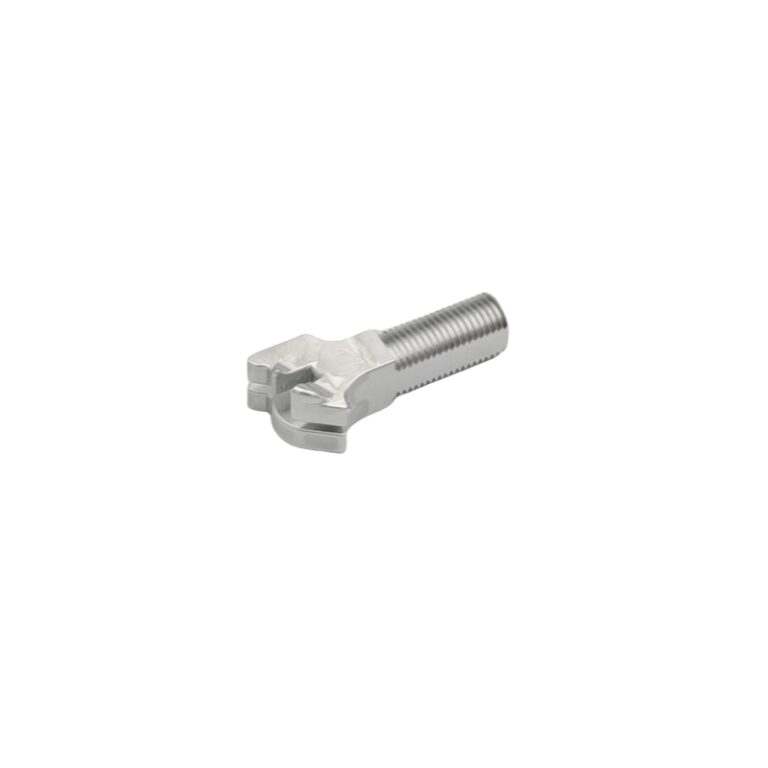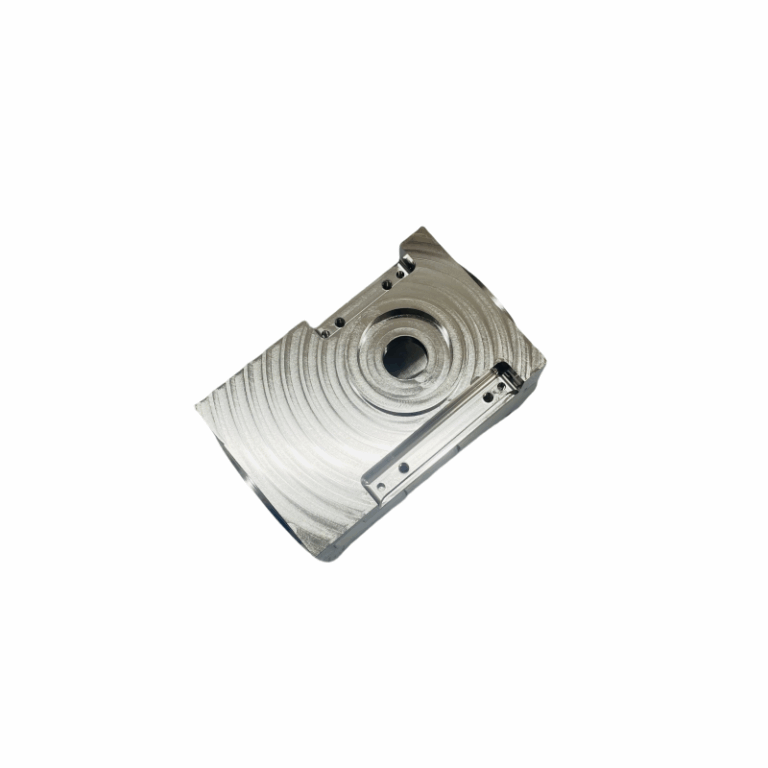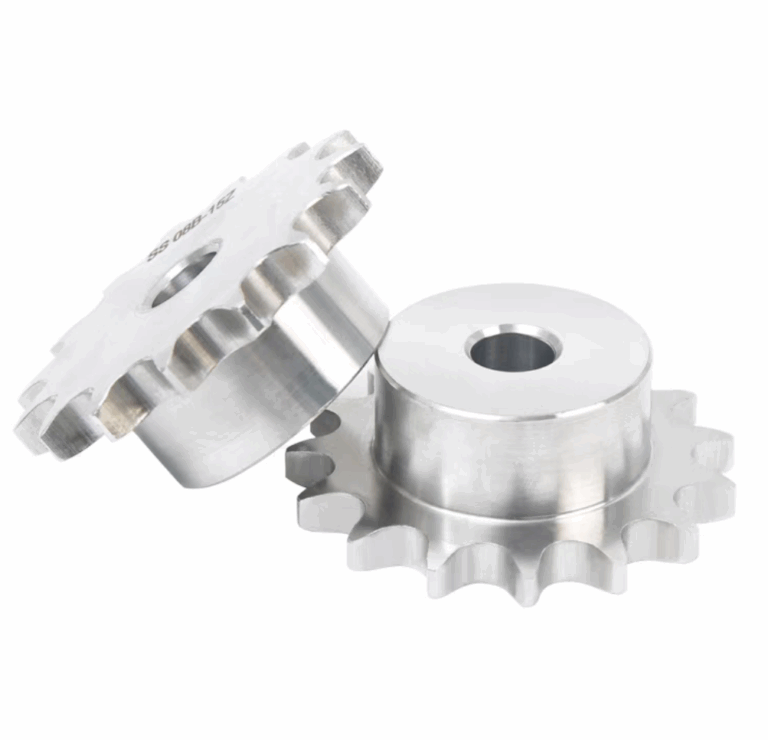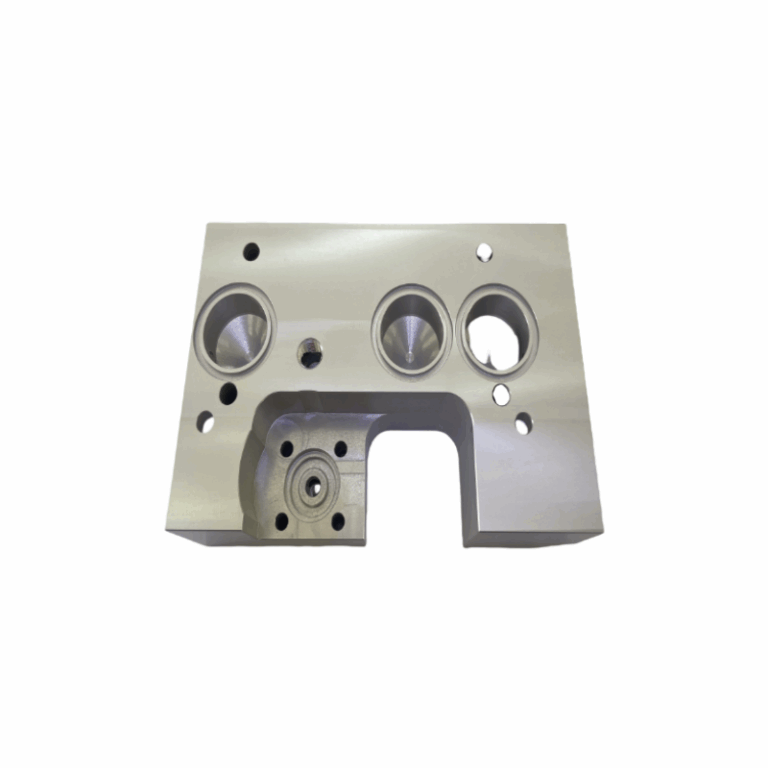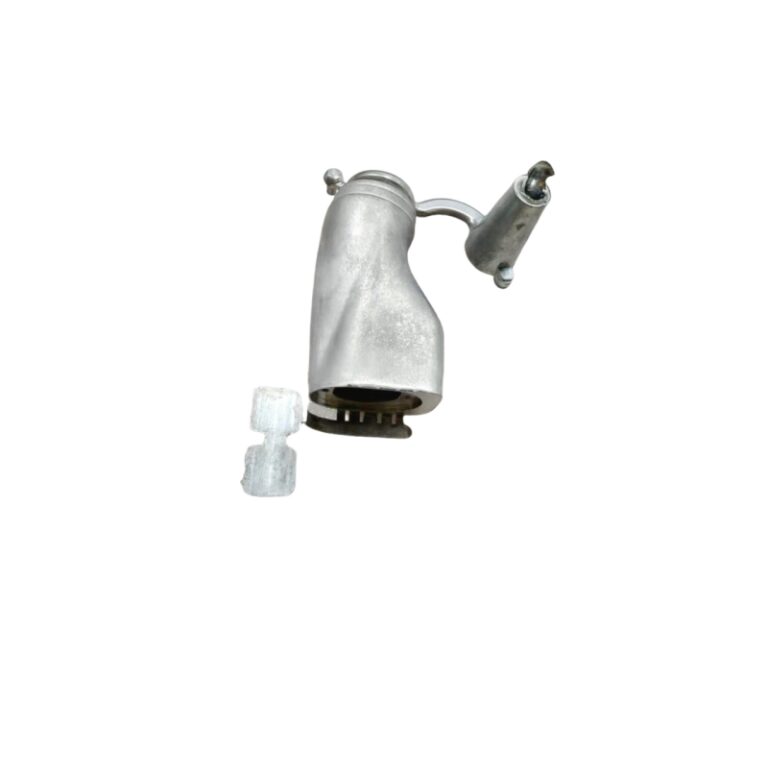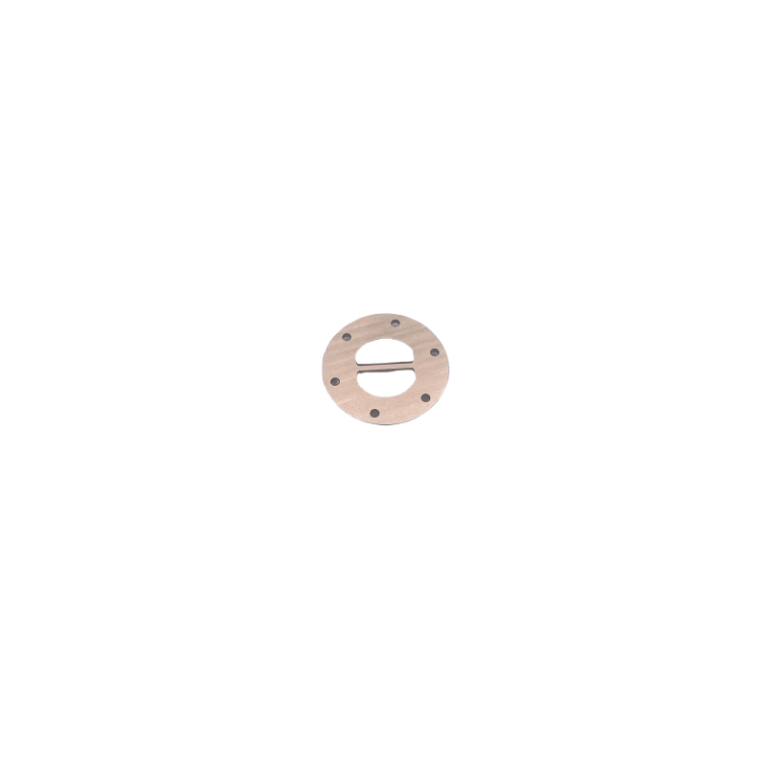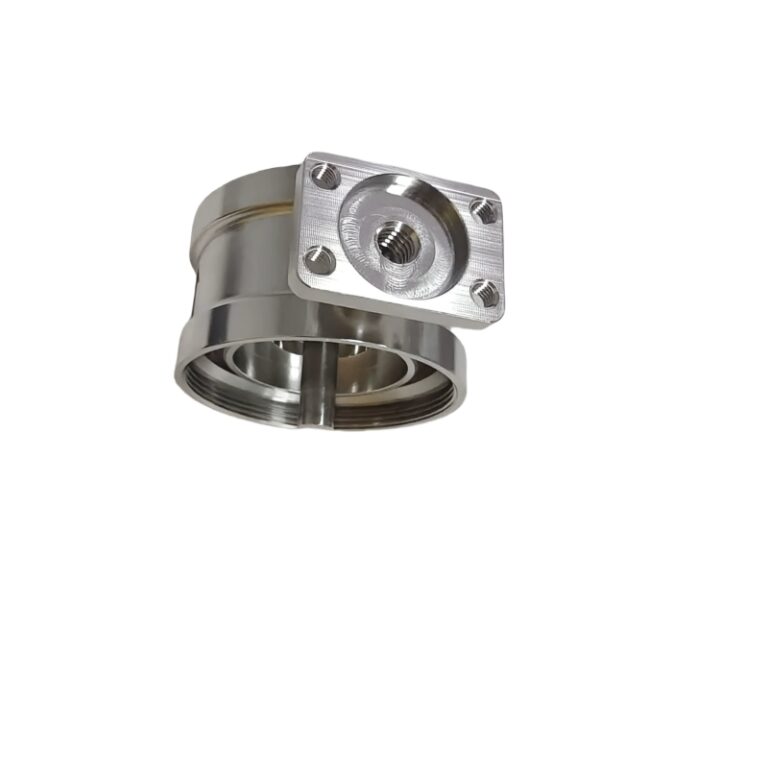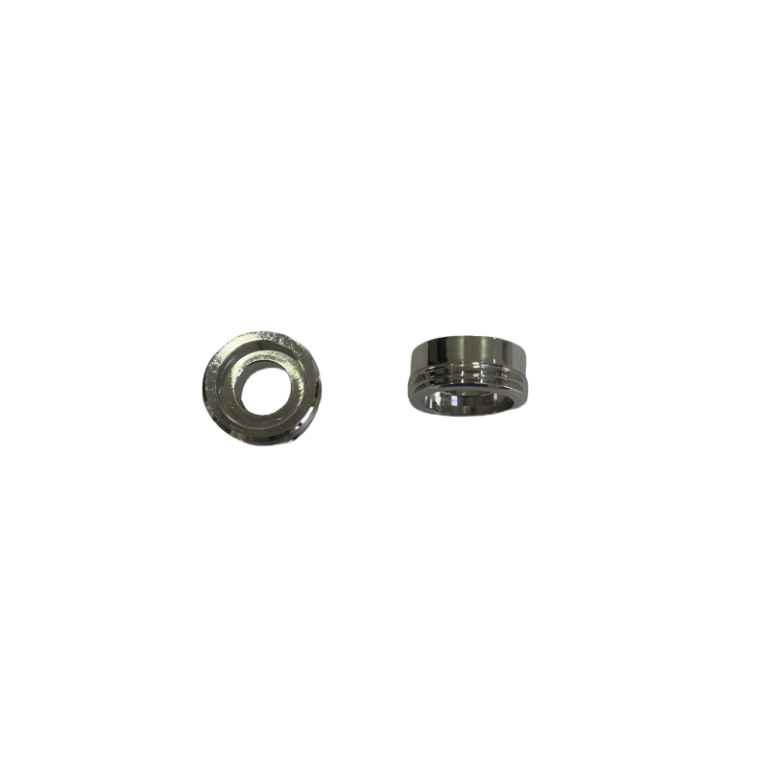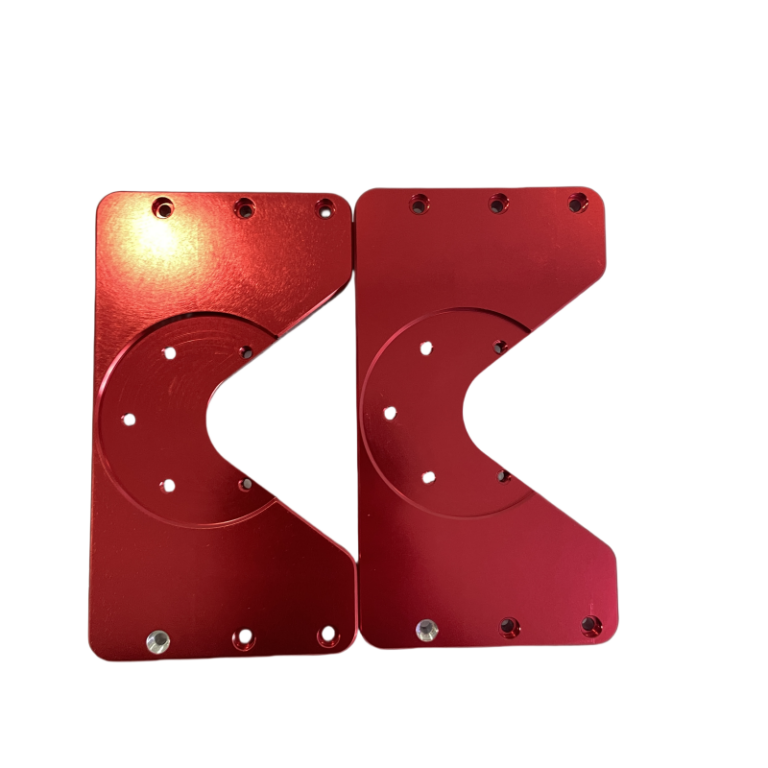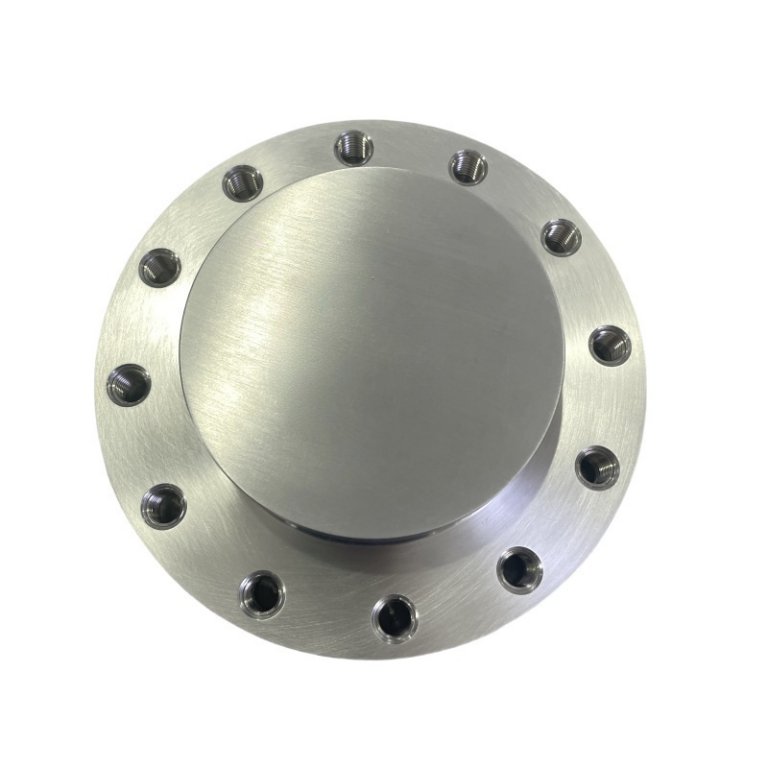In the field of metal finishing, the surface treatment process is like putting a layer of “protective armor” and “gorgeous outerwear” on the metal. This can not only enhance the wear resistance and corrosion resistance of metals but also endow them with specific appearances and functions. Nickel plating and zinc plating are two common surface treatment technologies and are widely used in industrial production. They seem similar, but in fact, there are many differences in principles, processes, performance, and application scenarios. A deep understanding of the difference between the two will help to accurately select the appropriate process according to demand in actual production to achieve the optimal balance between product quality and cost.

What are Nickel Plating and Zinc Plating?
Nickel Plating
Nickel plating is a surface treatment technology that deposits a layer of nickel metal or alloy on the surface of metals or certain non-metallic substrates through electrochemical or chemical methods. During the process of electroplating nickel, nickel metal is used as the anode and the metal workpiece to be plated as the cathode, and placed in an electrolyte containing nickel salt. When the power supply is turned on, the nickel of the anode undergoes an oxidation reaction and dissolves into the electrolyte in the form of nickel ions. Nickel ions undergo reduction reactions on the workpiece surface at the cathode and deposit to form a nickel plating layer. Electrochemical nickel plating does not require an external power supply and uses a reducing agent to perform a redox reaction on the catalytic surface to reduce nickel ions and deposit them on the surface of the workpiece. The nickel layer formed by nickel plating has good gloss, hardness, and chemical stability, and can effectively protect the metal matrix.
Zinc Plating
Zinc Plating can be roughly divided into electro-zinc plating and hot-dip zinc plating. Zinc serves as an anode, and the workpiece as a cathode. When an electric current is applied to an electrolyte containing zinc salts, zinc ions are reduced and deposited on the surface of the workpiece to form a zinc layer. Hot-dip zinc plating is a corrosion prevention process in which metals are immersed in molten zinc to form a zinc or zinc-iron alloy coating on their surface. Zinc can react with oxygen in the air to form a dense zinc oxide film, which can prevent the internal metal from being further oxidized, thereby playing a role in corrosion protection.
The Process of Nickel Plating and Zinc Plating
Nickel plating process
The process flow of nickel plating usually includes three main stages: pretreatment, electroplating or electrochemical plating, and post-treatment. The pretreatment stage is crucial. The workpiece needs to be removed, as well as rust removal to remove oil stains, rust, and impurities on the surface to ensure good bonding between the coating and the substrate. When electroplating nickel, you need to select the appropriate plating solution formula and process parameters according to the material, shape, and performance requirements of the workpiece, Electrochemical nickel plating must strictly control the concentration and reaction temperature of components such as reducing agents and complexing agents in the plating solution. Post-treatment generally includes steps such as washing, drying, and passivation.
Zinc Plating Process
Before zinc plating, operations such as degreasing and acid washing are required, which can effectively remove impurities on the surface of the workpiece. During the electroplate zinc plating process, the control of the composition and process conditions of the plating solution directly affects the quality of the zinc layer, During hot-dip zinc plating, the workpiece needs to be plated auxiliary before immersing it in zinc liquid to enhance the wettability of the zinc liquid and the surface of the workpiece and ensure uniform adhesion of the zinc layer. After hot-dip zinc plated, the workpiece may also require air knife blowing, water cooling, and other operations to control the thickness and surface quality of the zinc layer. In terms of post-treatment, the zinc-plated layer often improves corrosion resistance through passivation treatment. Common passivation processes such as color blunting, blue, and white blunting, can make the zinc layer have different appearance effects.
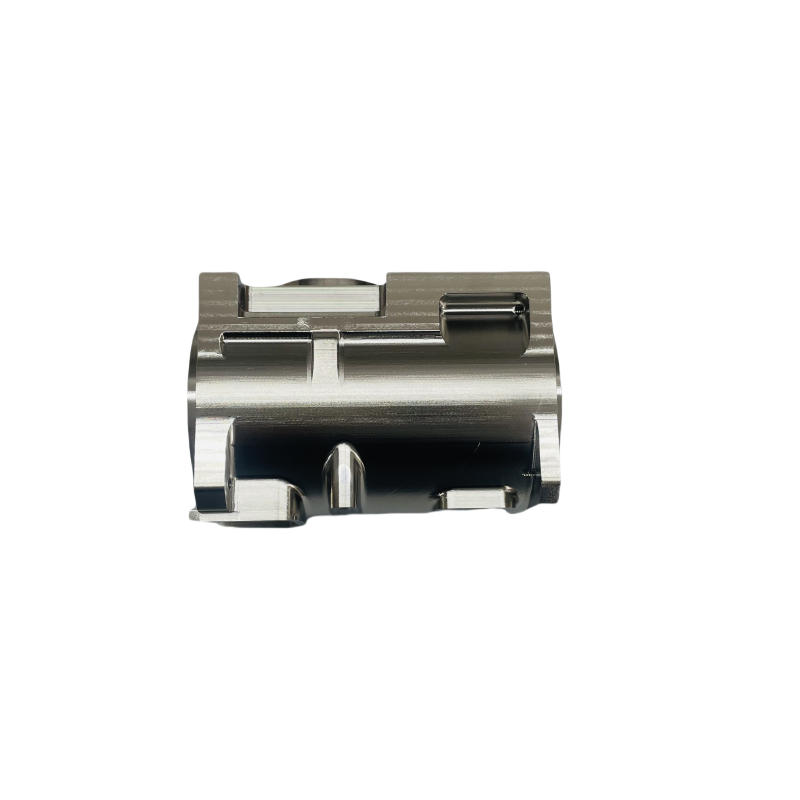
The Comparison of Important Properties Between Nickel Plating and Zinc Plating
- Corrosion resistance
In general atmospheric environments, the zinc-plated layer has good corrosion resistance by relying on the zinc oxide film generated on the surface. However, the corrosion resistance of zinc-plated layers can be challenged when in harsh industrial, marine, or high-humidity environments. In contrast, the nickel plating layer has higher chemical stability, can withstand the corrosion of a variety of chemical media, and has better corrosion resistance in complex environments. For instance, in solutions containing acids, alkalis, and salts, the corrosion resistance of the nickel plating layer is significantly better than that of the zinc plating layer. However, if there are pores or damages in the nickel plating layer, the base metal will act as the anode and corrode preferentially, forming a local galvanic corrosion cell and accelerating the dissolution of the base metal. Even if the zinc-plated layer is damaged locally, the zinc layer will first corrode by sacrificing the anode protection to protect the base metal.
- Wear resistance
The nickel-plated layer has high hardness and good wear resistance, which can effectively reduce the wear of the workpiece during friction. By adjusting the composition and process parameters of the plating solution, a nickel-plated layer with higher hardness can also be obtained, further improving its wear resistance. The hardness of the zinc-plated layer is relatively low, and its wear resistance is not as good as that of the nickel-plated layer. In cases where friction or wear is often encountered, the zinc-plated layer is more likely to be worn, which affects its protective effect on the base metal.
- Conductivity
Nickel has relatively good electrical conductivity, and the nickel plating layer can provide certain electrical conductivity for metals. Nickel plating is often used in some electronic components and electrical products that have requirements for electrical conductivity. Although zinc has good electrical conductivity, it is slightly inferior to nickel. However, in some occasions where conductivity is not high and more emphasis is placed on corrosion resistance, the zinc plating process is still a good choice.
- Appearance and decorative
The nickel-plated layer can exhibit a silver-white luster. After polishing, it can achieve a mirror-like effect and has high decorative properties. It is often used in products with high appearance requirements, such as bathroom sanitary ware, automotive decorative parts, etc. The appearance color of the zinc-plated layer is usually off-white. After passivation treatment, it can present different appearance effects such as colorful colored passivation films or blue-white passivation films. Although the decorative nature is also good, there is a certain gap compared with the nickel-plated layer in terms of gloss and delicacy.
Comparison of Cost Between Nickel Plating and Zinc Plating
The nickel plating process has a relatively complex composition and high process control requirements, and the price of nickel is relatively expensive, resulting in higher nickel plating costs. Although the zinc plating process, especially hot-dip zinc plating, has a large investment in equipment, due to the relatively low price of zinc and high production efficiency, the zinc plating cost per unit product is relatively low during large-scale production. Therefore, in situations where cost-sensitive, such as the surface treatment of some large building structural parts, the zinc Plating process has a more cost-effective advantage; The nickel plating process is more favored in high-end products that have higher performance requirements and is less sensitive to costs.
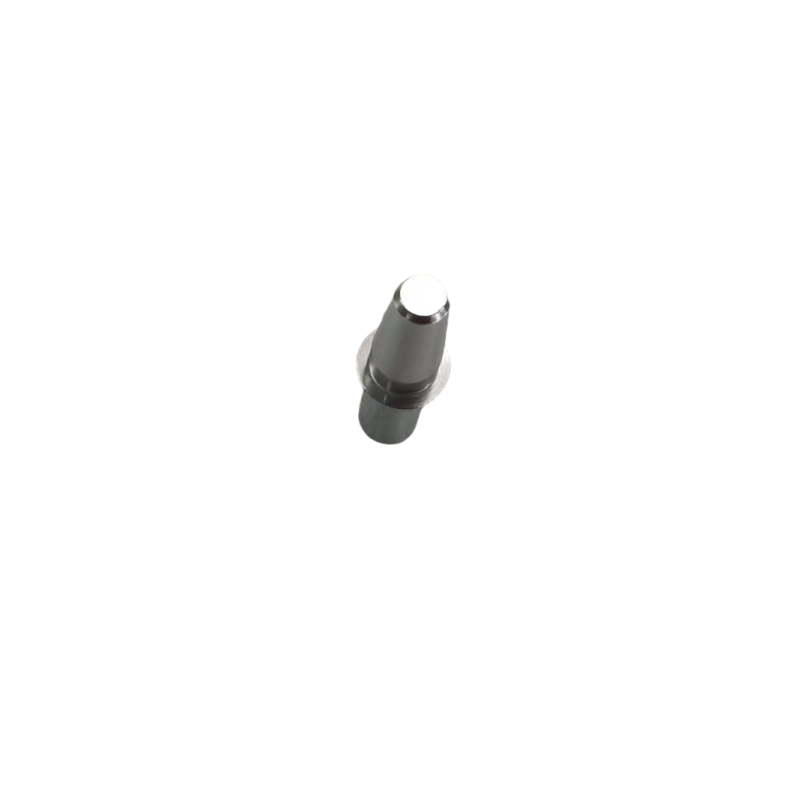
Performance Comparison Table
| Index | Zinc Plating | Nickel Plating |
| Protective life | 2 – 5 years (outdoor) | 5-10 years (indoor) |
| Surface hardness | About a pencil H hardness | About a sapphire’s hardness |
| Temperature Resistance | <60℃ | It can withstand a high temperature of 300℃ |
| Electrical Conductivity | Resistivity: 5.9μΩ·cm | Resistivity: 6.8μΩ·cm |
| Weldability | Special flux is required | It can be directly laser welded |
| Environmental Performance | Containing hexavalent chromium (requires treatment) | Containing heavy metals (subject to control) |
| Color | Silver white/blue white/Colorful | Silver grey/Champagne gold/black |
| Repair Difficulty | Zinc can be supplemented locally | Overall, replating is required |
Application Scenarios of Nickel Plating and Zinc Plating
Nickel plating applications
Because the nickel plating layer has good corrosion resistance, wear resistance, conductivity, and decorative properties, it has been widely used in many fields.
The core areas of advantage are as follows:
- Auto industry: engine parts, decorative strips, door handles
- Medical devices: surgical forceps, implantable devices
- Electronic industry: mobile phone card slot, USB interface, electronic components pins, connectors and other parts
- High-end consumer goods: luxury hardware, watch case
Zinc Plating applications
With its good corrosion resistance and relatively low cost, zinc plating technology is widely used in construction, transportation, electricity, and other industries.
Typical application scenarios:
- Construction industry: steel structural parts, guardrails, scaffolding, and other metal components
- Transportation industry: screws, car chassis, car frame and other components
- Power industry: transmission towers, cable trays, etc.
- Outdoor scene: fence, scaffolding
Conclusion
Nickel plating and Zinc plating play an important role in metal finishing. In actual production, it is necessary to consider the product’s usage environment, performance requirements, appearance requirements, and cost, and reasonably choose nickel plating and zinc plating processes. If you want to explore a certain aspect in depth or have choice needs in a specific scenario, please get in touch with DMTC. In addition to our excellent electroplating surface treatment technology, we can also polish, sandblast, powder coat, wire draw, anodize, passivate, heat treat, and perform other surface treatments on your workpieces.
FAQ
Can only zinc-plated materials be used outdoors?
No, in high salt spray environments, the zinc-plated layer may fail in 3 years, while the nickel-plated layer can have a life of more than 8 years, and the cost is only 20% higher than zinc-plating.
Can all metals be zinc-plated or nickel-plated?
No. Nickel plating is widely used in brass, steel, aluminum, copper, and some treated plastics, but zinc plating is mainly limited to steel, iron, and some non-ferrous alloys.
Is nickel plating more expensive?
Uncertain. Nickel plating for small parts is more expensive, three times that of zinc plating, but for high-precision electronic parts, nickel plating can reduce contact problems by 50%, which will reduce after-sales costs.

